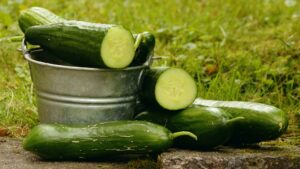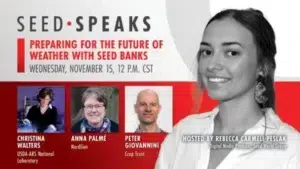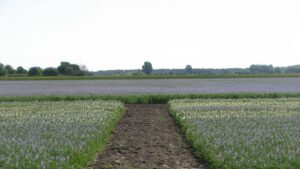Companies are innovating to create cucumbers that will have the traits needed to meet the future.
As the breeding manuals say, the challenge is not to introduce a new trait but to do it in a strong chassis, underlines Abad. “The chassis is still the most important point in a cucumber variety with the right combination of regularity, earliness, yield, fruit quality and plant performance. Cucumber growers know exactly the yield and quality of all their harvest, they are carefully looking at this information. Cucumber is a producing machine and the machine has to work perfectly.”
For Kraan, the big challenge is to develop varieties that on one hand meet the quality demands for consumers and on the other hand have a good package of resistances while still giving a high yield.
“For me,” says Bal, “the challenge is to not just to be a follower, but bringing varieties with new traits, develop new types (snack cucumber), create new segments and to make use of new breeding tools.”
The challenge is undoubtedly the breeding of a quality variety, that stands up to the competition on a professional level, but also a variety, that will be appreciated by small growers thanks to its taste characteristics, says Aust. “And not to forget, the breeder must also think about the potential for propagating new varieties, including the seamless production of parent lines. In this case, the greatest challenge is to find markers of individual important properties for quality and operative selection of suitable materials.”
“I like to compare the process of obtaining a variety as if you were tuning an instrument,” says González-Cabezuelo. “Sometimes it is difficult to introduce numerous resistance factors in a variety without affecting other parameters such as productivity or fruit quality, for example. The main challenge is to ensure that a variety is completely tuned, not out of harmony in any of its aspects.”
Finding Genetic Diversity
“In order to ensure we can continue to respond to market needs and contribute to food security we are always on the lookout for new genetic variation in our crops,” says Bal.
“The basis can be our own genetics, competitor varieties, gene banks and mutant populations. We work with gene banks around the world to help us in this quest.”
His company also finances collection missions that enable the gene banks to expand their collections and to safeguard genetic resources for the future. In addition, Rijk Zwaan helps to describe, characterise and multiply these genetic resources.
“As with all species we breed, we have our own collection of gene-pool material of cucumbers based on older regional varieties, which we try to combine with the available gene sources from the present time,” says Aust.
González-Cabezuelo mentions that their germplasm comes from the generation of segregating populations from lines with traits of interest for our breeding programs.
“The use of recombinant inbred lines, near isogenic lines and ‘magic’ populations are commonly used to achieve diversity. On the other hand, we have an excellent relationship with the most important germplasm banks in Spain, as can be found in the COMAV of the Polytechnic University of Valencia, with whom we collaborate regularly.”
Suelmann’s company works in close collaboration with gene banks. These are national institutes that several countries over the world have, to preserve genetic variation.
“We help maintaining this genetic variation by increasing the seed quantities. And we also have access (like all researchers) to the accessions to develop new varieties. At BASF Vegetable Seeds we have an extensive gene bank, containing materials from all over the world. It will be no surprise that most added-value traits (like resistances) are found in Asian materials.”

Access to Germplasm
According to Aust, in obtaining new materials, a company must respect not only new rules, but especially the moral aspect of access to gene resources, so as not to jeopardize the rights of existing variety owners.
“Unfortunately, this is still a topical issue from our perspective on the abuse of our varieties in the seed trade.”
The access to certain collections is easier than others, says Kraan. “There is still quite some genetic variation not accessible, notably from the genetic origin of cucumber.”
A regulation does not have to be negative in all cases, mentions González-Cabezuelo. “I think that fair regulations can be beneficial to the industry as long as all parties involved will be satisfied. It’s time for germplasm donor countries to see us as allies, not enemies. However, it is obvious that too much bureaucracy [hinders germplasm acquisition].”
The access to gene banks plus landraces and accessions coming from countries protected by biodiversity agreements is regulated by the Nagoya protocol, says Abad.
“This can be somehow reducing the possibilities to make full use of these resources and therefore provide fast solutions to growers’ needs. We need to continue looking for fluent solutions to this always existing need for new traits coming from natural variability.”
Bal shares a concern: “Access to germplasm is still workable, but it takes more administration, and sometimes legal advice is needed.”
The Innovation Pipeline
“For us, the use of molecular markers, resistance-bioassays and in-vitro culture technology are methodologies that Meridiem Seeds is currently implementing in all its breeding programs,” says González-Cabezuelo. He adds that all the breeding staff receive continuous updates, including the knowledge of new plant breeding techniques, bioinformatics, crop management and data management.
For oligogenic traits it is clear that genome editing can be really making a difference, so Abad’s company is waiting for a clear situation where the EU is not blocking this technology. A block would create differences between regions or even between different codes of conduct within the companies. “On the other hand, we are also entering into the digital era of plant breeding with significant possibilities for generating, processing and analysing massive amounts of data points.”
“Rijk Zwaan invests approximately 30 per cent of its revenue back into research and development,” says Bal. “On the genetic side we invest in numerous items, like snack cucumbers and more differentiation in types in development, but also in the dark leaf concept. Besides this, [we also invest in] developing a more sustainable plant; creating an indoor high-tech segment for winter cultivation gherkin; in ‘small cavity’ cucumbers for the convenience market; in specific varieties for organic cultivation with maximum disease resistance; in the wok-cue, especially for stir-frying and we try to improve the shelf-life without the use of plastic. On the technical side, we work on digital phenotyping; response to LED-light and speed breeding. And on the molecular side we invest in the use of marker-assisted backcrossing.”
The costs for genotyping are decreasing dramatically, and Marker Assisted Back Crossing (MABC) is incorporated in the breeding process. “High density genotyping will change our way of breeding completely. Our selection methods will take less time, and we will be able to select more precisely to the goal we want. Next to that there is an increased demand to diversification,” says Suelmann.
According to Aust, cucumber breeding techniques today can rely on molecular procedures for assessing gene materials. “Unfortunately, for sexual expression, which is a determining factor in cucumbers, gene identification is not yet well developed, and there is scope for further research in this regard. Similarly, CRISPR methods for directed mutagenesis could yield interesting results.”
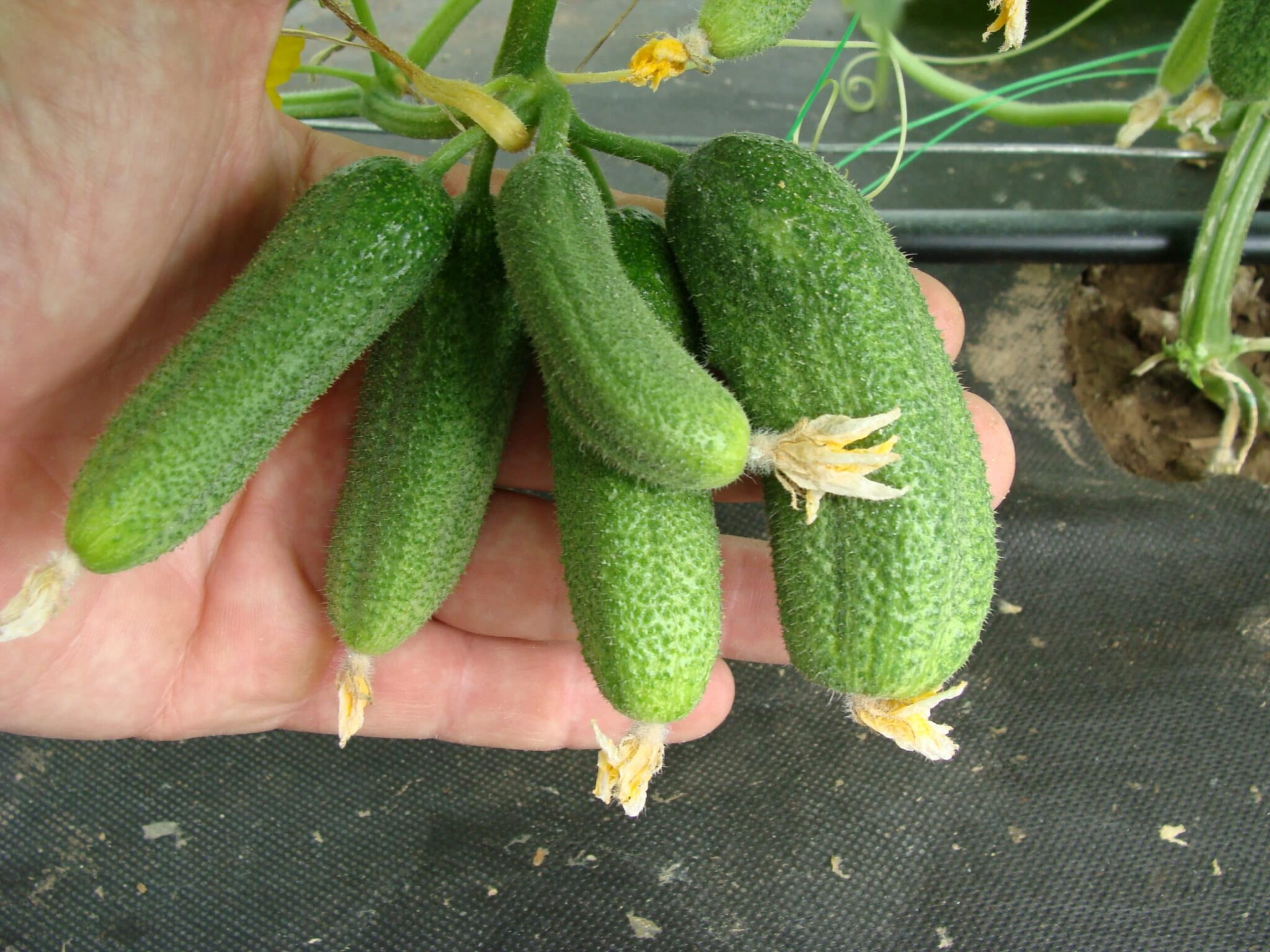
New Plant Breeding Techniques
New breeding techniques will provide benefits, give more challenges and will accelerate the introduction of new varieties, says Bal. “In its current assortment, Rijk Zwaan has not included any varieties obtained by techniques to which the GMO directive is applicable. Moreover, the regulation and qualification of products may vary per country. Of course, we monitor these developments closely.”
Kraan agrees that new breeding techniques will help to better understand the function of the genes. “Varieties with more yield and more resistances contribute to a more sustainable production. These new tools are needed to facilitate the development of such varieties.”
This concerns Aust. “If we had the opportunity to use new breeding methods, we would have opened up unimaginable possibilities of breeding new varieties, which we would otherwise have reached in decades. In the mean time, for example, we would address the issue of over-use of pesticides, which is an important issue in cucumbers. It is a crop with frequent harvests and growers are limited in the protection of plants by choosing fewer effective products with a short protection period.”
“We live in the era of precision breeding, in which new breeding techniques help to achieve new varieties in shorter times and with less investment,” says González-Cabezuelo. He underlines that technologies such as whole-genome-sequencing, helped by other disciplines such as bioinformatics or big data, will become routine in cucumber breeding programs in the very short term.
Growth Markets
For Meridiem Seeds, the main cucumber markets are Spain (Almeria mainly) and Italy, says González-Cabezuelo. “Nevertheless, we are increasing our presence in other European and non-European countries.”
Aust explains that the sales environment of cucumbers is divided by type and adds that for greenhouse cucumbers, this is dependent on the availability of covered areas and their consumption is relatively stable from his point of view.
“We see salad cucumbers as a stagnant segment, but the situation may change positively in the context of the innovations being prepared. We observe yearly fluctuations in our loaders, which are influenced by the weather in any given year, but overall, we are seeing a slight increase in all our markets in Europe.”
Suelmanns’ company is active in all important markets. “We see that trade policies and disease outbreaks are affecting the markets. Also, climate change has its effect. It is not easy to predict where the most growth will be, but we are ready to meet these changes.”
“For us the growth market is Asia, but I should add that a bottleneck in cucumber cultivation nowadays is the lack of availability of labour and skilled people. In long cucumber, almost 50 per cent of the total costs are labour costs. With the development of mini and snack cucumber varieties, we make it even more difficult for the grower: daily picking is necessary,” says Bal.
“The smaller the size, the more frequent harvesting. Breeding is looking for solutions. Adaptation in traits to improve the plant architecture is one direction to reduce labour costs. Automatization and robotization are clear needs for the future, to let the cucumber culture survive in Northern Europe. In the U.S. in gherkin, once-over harvesters are used. Harvesting robots are in development for greenhouses, but yet not in practice.”
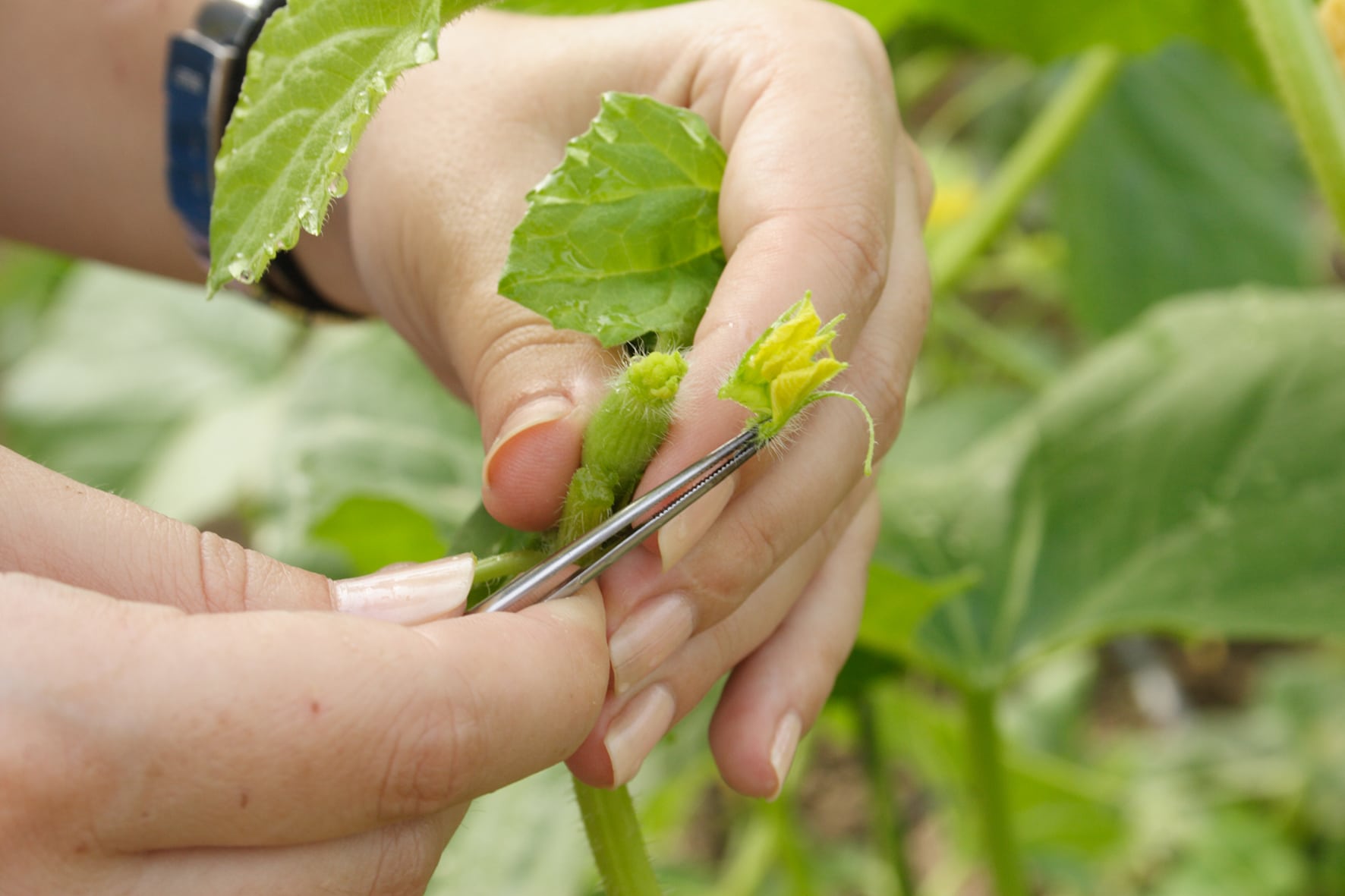
Twenty Years From Now
“In the future, a good cucumber variety should be suitable to be grown in the most sustainable form of agriculture with lower impact to the environment and a higher balance of input versus output conditions,” predicts Abad.
Aust looks back and mentions that during the history of Moravo Seed, for example, since 1991, cucumbers have undergone some changes, but in particular there has been a development in yield, resistance, taste characteristics and varietal variability.
“In addition to the preservation, cucumbers are abundantly fresh, so I believe that in 20 years the cucumber varieties will be even more profitable. Perhaps new forms of cucumbers will be available, but I hope they will be at least as juicy with the typical cucumber aroma as we know today.”
A lot more diversification will be seen in supermarkets, says Kraan. “Local produce and sustainable production are the future. The basic types will remain the same as they are now, but it is expected that diversification will happen — not to the extent it happened in tomatoes, but different shapes, grades and maybe even tastes will appear.”
Bal feels that there will be more variation on the shelf with a differentiation in type and colour. “The focus will be on snacking and the convenience segment.”
“Markets are changing, and trends rotate around [end-user] demand. That is why this is a difficult question for me,” says González-Cabezuelo. “For example, a certain trend was recently observed towards snack or mini types in practically all horticultural species, but that may change in a few years in favour of other morphological, organoleptic or nutritional characteristics. Personally, I hope that in 20 years a cucumber will still be a cucumber.”
Read Part 1 here.
Read Part 2 here.



